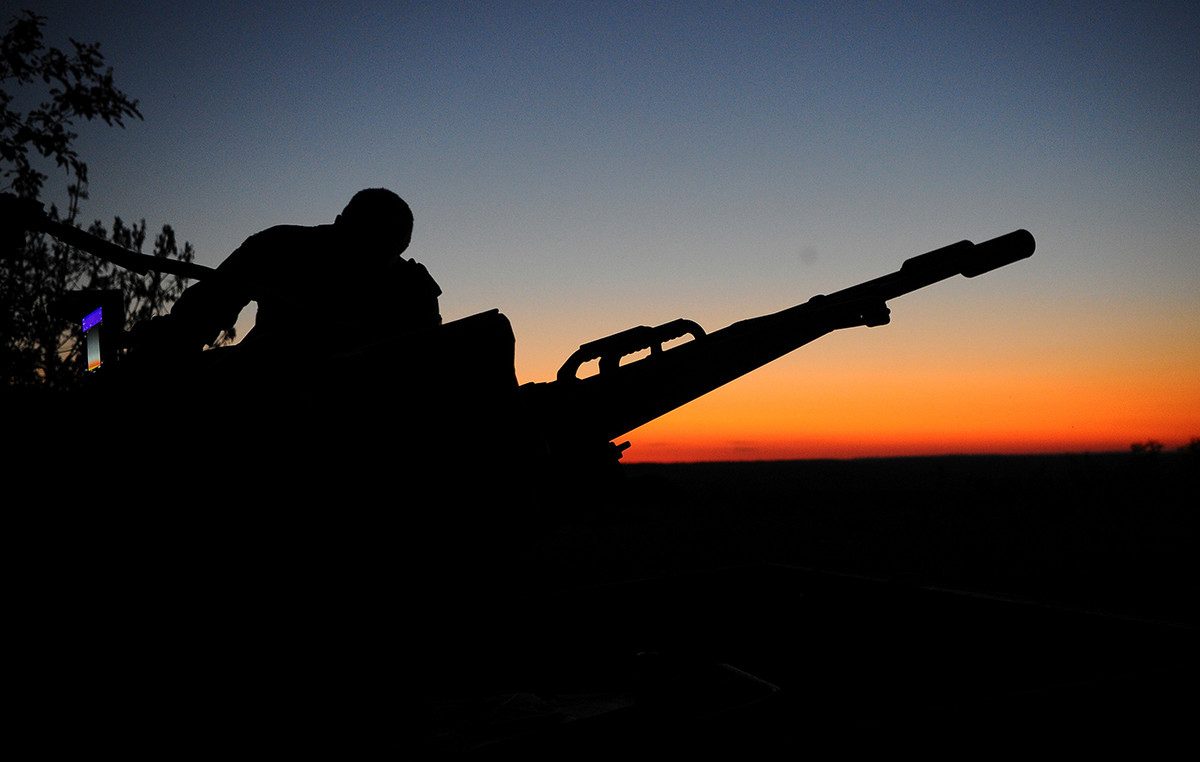In recent years, the street race has become one of the most popular physical activities among Brazilians. The simplicity of putting on a pair of sneakers and going for a run, whether outdoors or on a treadmill, attracts beginners looking to improve their physical conditioning.
However, the initial enthusiasm can lead to injuries especially when the body is not prepared for the demands of running.
Experts point out that many amateur runners make mistakes such as increasing their mileage abruptly, wearing inappropriate shoes or even neglecting their diet.
To avoid injuries and ensure healthy progress, it is essential to follow some guidelines, especially for those just starting out. Professionals recommend always respecting your body’s limits and evolving gradually.
In addition to adequate planning, it is important to remember that overweight people can also benefit from running, as long as they take certain precautions to prevent joint problems.
Most common injuries among beginners
According to Robson Bazilio, a specialist in sports physiotherapy, the most common injuries among beginner runners include:
- shin splints (medial tibial stress syndrome);
- plantar fasciitis;
- calcaneal stress fractures;
- muscle injuries; and
- problems related to the iliotibial band and hip, such as femoroacetabular impingement.
“These injuries are generally caused by an uncontrolled increase in training volume, when the body is not yet adapted to support the load”, warns Bazilio.
To minimize these risks, he recommends carrying out a functional biomechanical assessment before starting to run. “This exam helps to identify muscle and joint imbalances, allowing the professional to adjust the training in a personalized way”, he explains.
Special care for overweight people
When it comes to overweight people, Bazilio states that there are no contraindications for running, but some care is essential. “It is possible to run safely, but the increase in training volume must be gradual to avoid overload on joints, muscles and tendons. Respecting the body’s adaptation time is essential”, he advises.
George Wallyson, physical educator and physical education teacher at UniFavip Wyden, highlights the importance of muscle strengthening as part of the training routine. “Good weight training stabilizes the joints and improves posture during running, reducing the risk of injuries,” he says.
The educator also warns about choosing the correct footwear. “Sneakers need to have good cushioning to absorb impact, especially on hard surfaces like asphalt and concrete. Sneakers with carbon plates, widely used by advanced runners, are not recommended for beginners, as they can overload the ankle”, he highlights.
Avoiding the most common mistakes
Among the most frequent mistakes made by new runners is excessive excitement. Many beginners end up increasing the mileage or intensity of their training quickly. “Just because you ran 5 km today doesn’t mean you can try a half marathon tomorrow”, highlights Bazilio.
The ideal, according to him, is to follow a progressive training plan to avoid excess load, respecting the body’s recovery time.
Another essential point is the choice of running surface. “Running in hilly areas, with holes or uneven sidewalks, greatly increases the risk of injury. Tennis can help, but the terrain also needs to be considered”, reinforces Wallyson.
Practical tips to start running safely
-
Seek professional guidance
Before starting, consult a physical educator to assess your physical condition and receive guidance on training load and volume.
-
Do muscle strengthening
Strength training helps stabilize joints and improve posture during running.
-
Choose the right sneakers
Opt for lightweight shoes with good cushioning. Avoid shoes with a carbon plate if you are a beginner.
-
Run on suitable surfaces
Prefer flat, regular terrain, avoiding areas with holes or uneven sidewalks.
-
Warm up properly
Include mobility and educational running exercises in your warm-up, rather than static stretches.
-
Respect your limits
Increase your mileage gradually and avoid comparing yourself to more experienced runners. Your body needs time to adapt.
This content was originally published in Beginner Runner? Find out how not to make mistakes when playing sports on the CNN Brasil website.
Source: CNN Brasil
I am an experienced journalist and writer with a career in the news industry. My focus is on covering Top News stories for World Stock Market, where I provide comprehensive analysis and commentary on markets around the world. I have expertise in writing both long-form articles and shorter pieces that deliver timely, relevant updates to readers.







